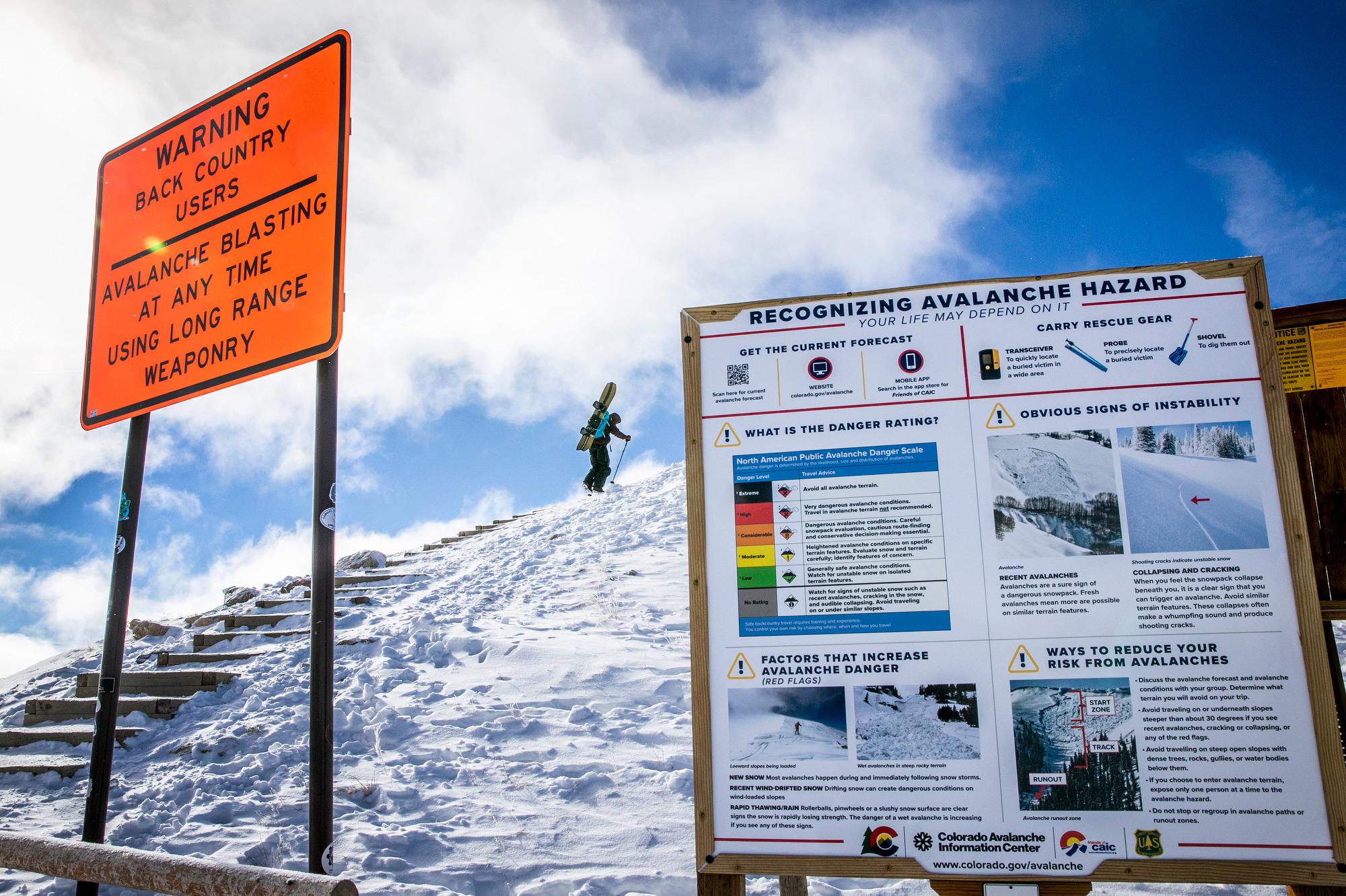
Cars have been packing into small parking lots in Colorado’s high country a lot lately. That includes one near Loveland Pass, where recently Maurice Kervin was among those enjoying the backcountry terrain sloping down from the pass.
“It hasn’t snowed for two days now, but it’s still really good,” said Kervin, whose group camped for a few nights. “You can see right up in these trees here there’s still a lot of untracked snow to go get.”
Kervin said he’s seen an influx of people in these areas — something he first noticed last spring right after the COVID-19 pandemic hit.
“It started right about when they closed all the ski areas. You just saw it blow up and just anybody with a snowboard walking into the backcountry,” he said. “What I’m really trying to push forward for all these new people coming in is get into the backcountry if you want, but be smart about it.”
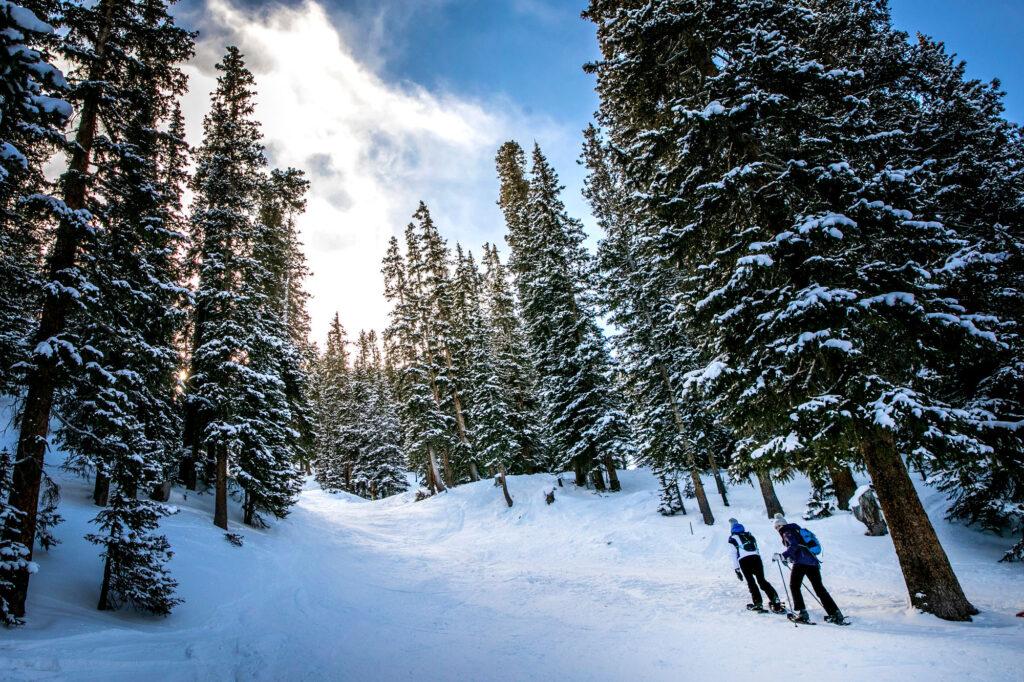
A thin snowpack can lead to a weaker snowpack, and that means more avalanches.
It’s one thing for a lot more people to be out in these secluded areas. But on top of that, experts say that this season’s conditions have increased the risk in the backcountry.
“From an avalanche perspective, we’re having an unusual winter,” said Ethan Greene, director of the Colorado Avalanche Information Center.
That’s because early snowfall in October was followed by a long period of dry, cold weather in November.
“People get confused a little bit about just the fact that we're below average for snowfall in a lot of the state,” Greene said. “A lot of times that thin snowpack actually leads to a trickier, weaker snowpack that makes it easier to trigger avalanches.”
These conditions resemble those from winter 2011, which was a particularly dangerous season, he added.
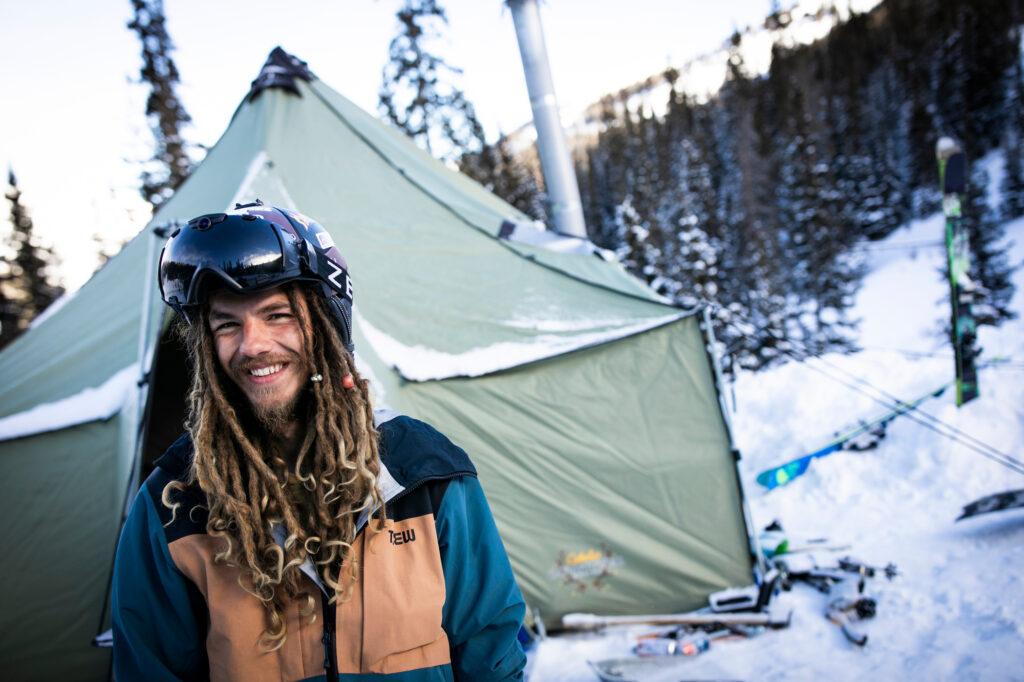
More Coloradans are exploring the backcountry. Even for the experienced, it's proving dangerous.
Last month, Colorado saw four deaths from slides, making it one of the deadliest Decembers on record since 1950.
“People can't go to movie theaters, they can't go to bars, they can't do other things. And of course we have the restrictions at the ski areas,” said Jeff Sparhawk, president of the Colorado Search and Rescue Association. “So all of this has pushed people into the backcountry. People need to get out, people need to decompress and enjoy themselves.”
On the one hand, that means more people adventuring in the backcountry for the first time, whether on skis or snowmobiles. And some might not be trained in how to avoid avalanches or equipped with the proper safety gear.
“We’ve had rescuers checking in at trail heads and quietly walking around with an avalanche transceiver on to determine if other people are wearing avalanche transceivers,” Sparhawk said. “And it's frightening how many people are going out in the backcountry without a transceiver, without a shovel, without a probe.”
The risk is not just to beginners alone. Three of the people who died in Colorado last month had backcountry experience, including a former ski patroller. And while certain areas grow in popularity, Sparhawk said that causes some experienced people to venture out more.
“If they want that solitude and those fresh powder lines, they're going to have to go further and into terrain that they're not necessarily used to being in,” he said. “You can't stop thinking, you can't stop analyzing when you're in the backcountry. You’ve got to keep your A game going the whole time.”
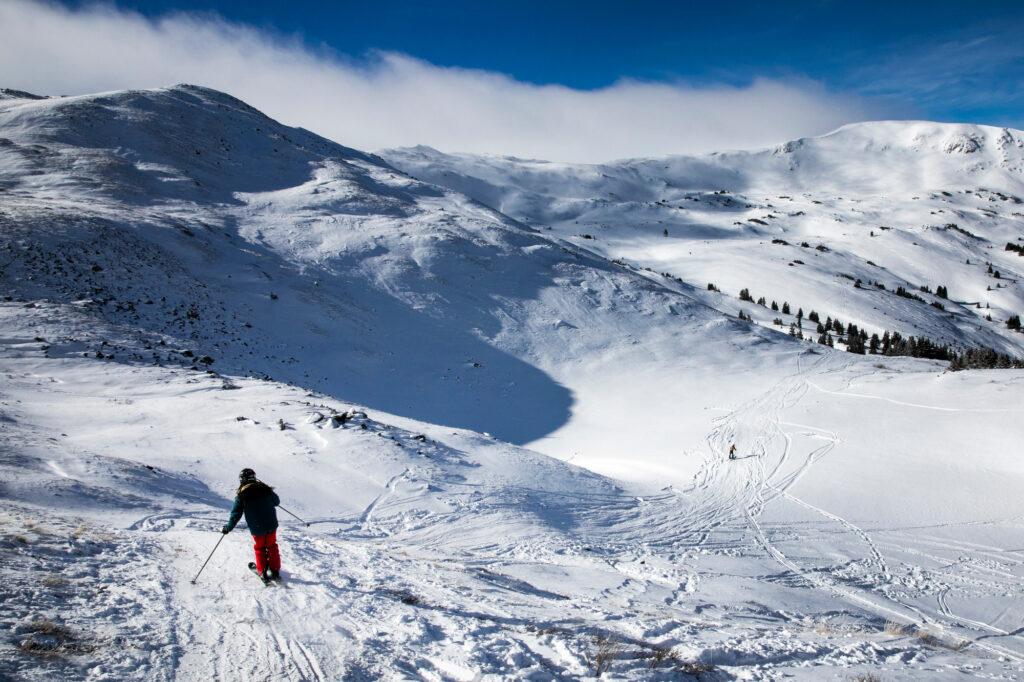
Want to hit the slopes safely? Take the safety pledge and be prepared.
This season, state officials put together a campaign on how to recreate safely in the backcountry. It includes a pledge Coloradans can sign as well as links to courses and other training.
Colorado Parks and Wildlife started gearing up for a busy winter in the outdoors ahead of the season, according to spokeswoman Bridget Kochel.
One reason: The agency saw visitation at state parks go up nearly a third this year thanks largely to the pandemic. Then came another warning.
“What we were hearing from our state partners and retailers is that they were seeing an increase in consumer demand for winter recreation gear,” Kochel said. “And that snowballed into our backcountry stakeholders having some concerns about people going into the backcountry if they’re not educated and prepared.”
Experts say anyone going into the backcountry should also do some basic things, like tell someone where you’re going and when you plan to be back, especially if you’re not going with others.
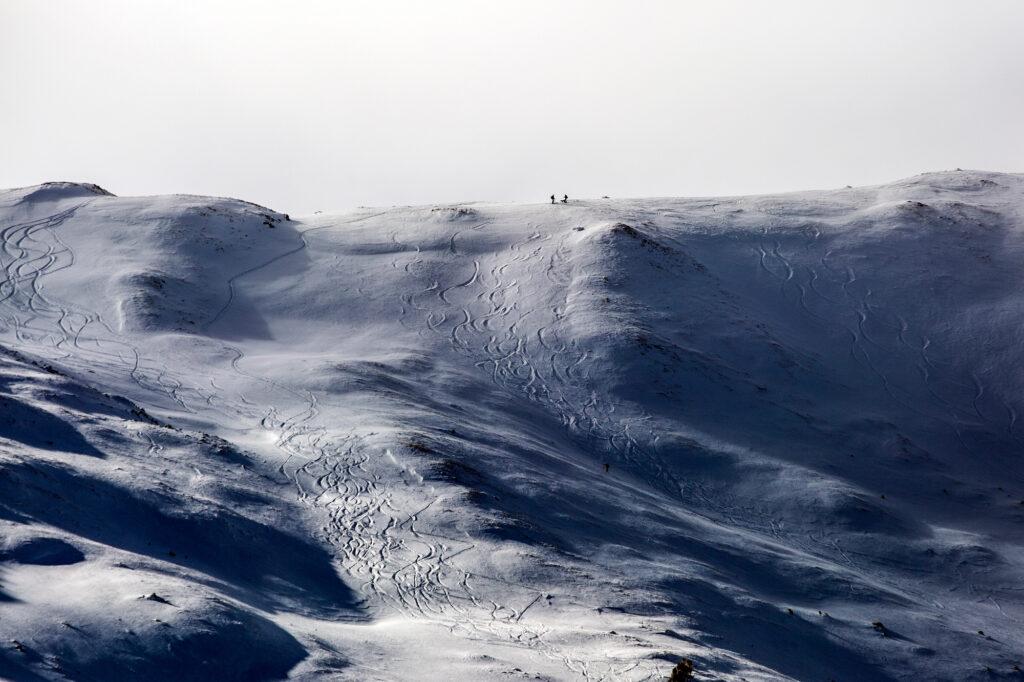
The state also urges people to check its avalanche forecast before going out.
Colorado’s avalanche danger has hovered around the moderate and considerable levels lately, which can lead to people letting their guard down, the CAIC’s Greene said.
“Most fatal avalanche accidents in Colorado happen in the middle of the danger scale, at those moderate and considerable levels,” he added.
It’s best to use caution on steeper terrain, especially slopes that are 30 degrees or greater and areas below them, according to the center. And it’s wise to avoid those areas after a big storm, which immediately increases the avalanche danger.
“We still don't have tons of snow,” Greene said. “But we're getting more snow, and so the avalanches are going to be getting bigger.”
CPR's Hart Van Denburg contributed to this report









